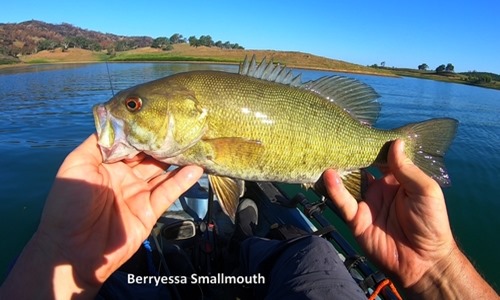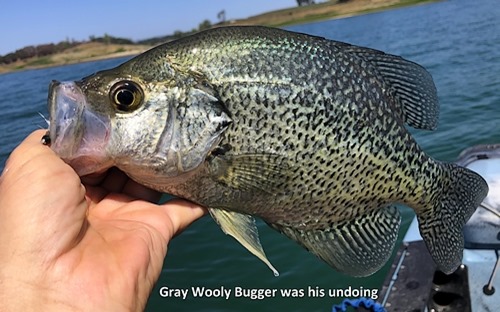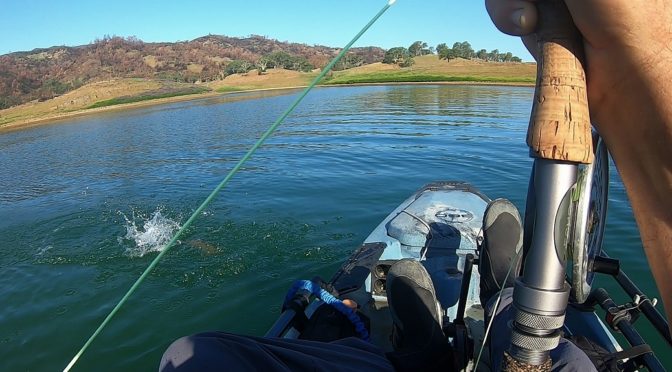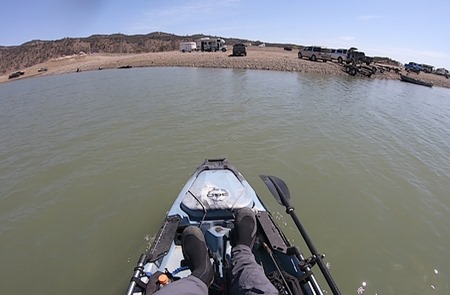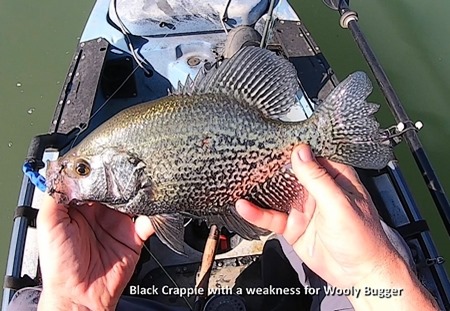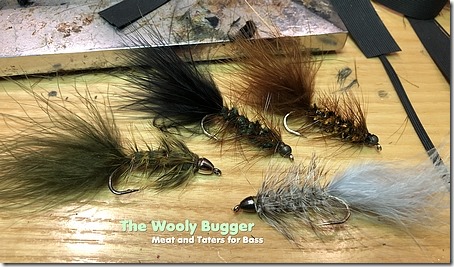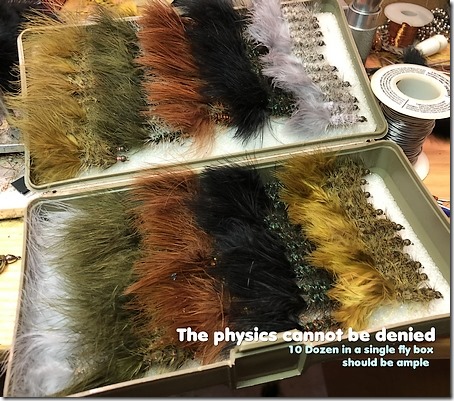With every Californian intent on their Memorial Day Exodus, I lounged against the garage jamb and waved as my neighbors wadded their protesting kids and worn camping gear into anything capable of towing something else, then followed their neighbors onto the Interstate, all in a mad rush for the woods.
Having competed with this angry mob many times in the past, and knowing the lack of water would compress anglers even further, we opted to splurge on the local private bass water . We knew the cost of a full day’s fishing was much less than the gas, food, and campground fees we’d absorb if we donned our “Mad Max” garb and chased Charlize Theron (and everyone else) up the interstate enroute to the Parched Pristine.
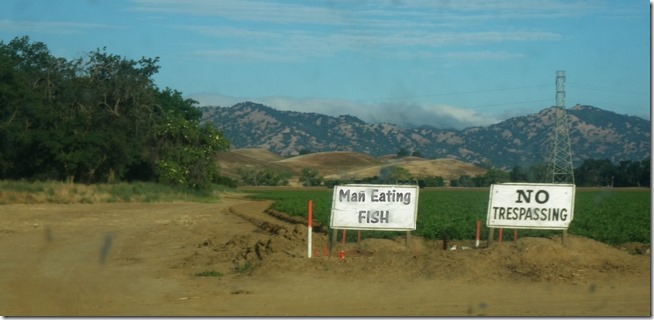
… not that Miss Theron isn’t worthy of chasing, its the notion that frayed nerves, squealing tires, and campground backing accidents, resulting from too many people crammed into too small a resource, are never a recipe for decompression and relaxation, rather they have the opposite effect.
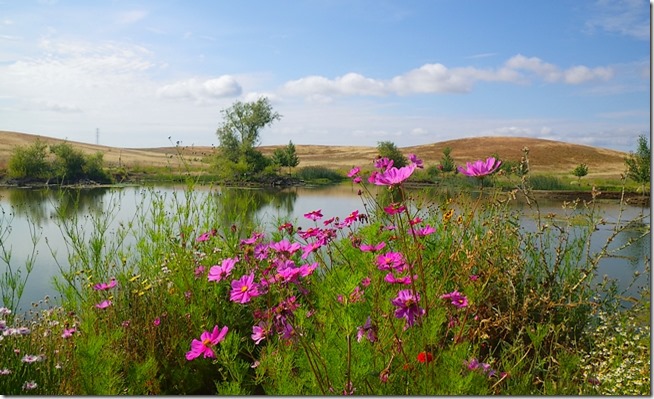
But an entire lake filled with voracious gigantic bass, off-limits to kids, unruly pets, and powerboats, and rimmed with wildflowers and framed by beautiful weather, followed by a fine meal of rice balls and grilled Spam, that’s the makings of workplace water cooler legend.
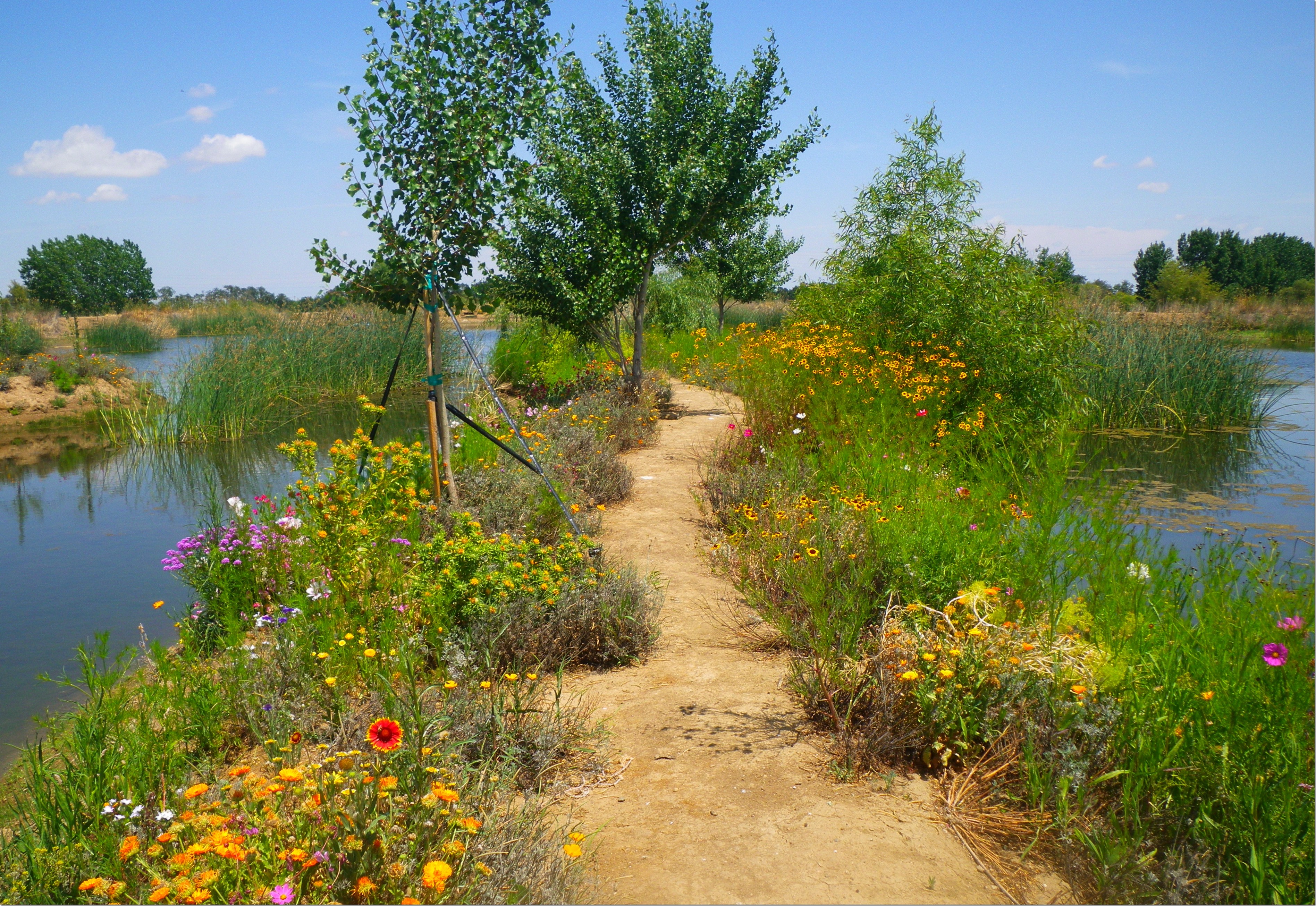
To compound our good fortune, our guess as to the lake’s readiness was perfect, and “should’ve been here last week” was forgotten in the howl of, “gotta be here goddamn right now.” No sooner then we were clear of the vehicle and armed, we were assaulted by hungry bass intent on eating flies, fingers, floating tippet spools, and anything else exposed to the water.
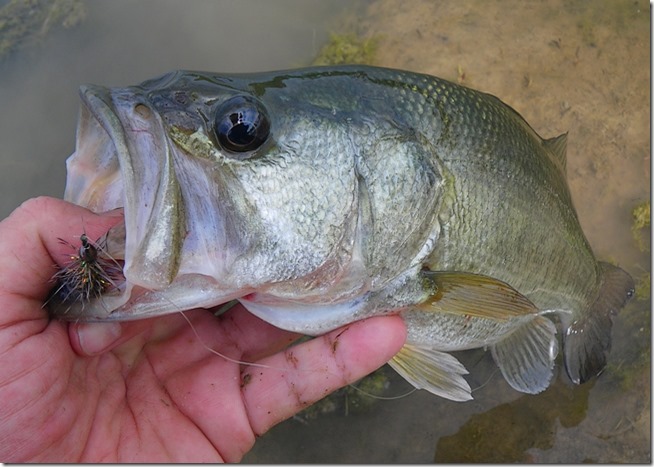
Morning till noon was the big meal bite, using larger, slow sinking flies resembling frogs or tadpoles. When that slowed the fish shifted to smaller food, Wooly Bugger style flies in drab colors. We caught fish all day long and yielded the water grudgingly around 5PM.
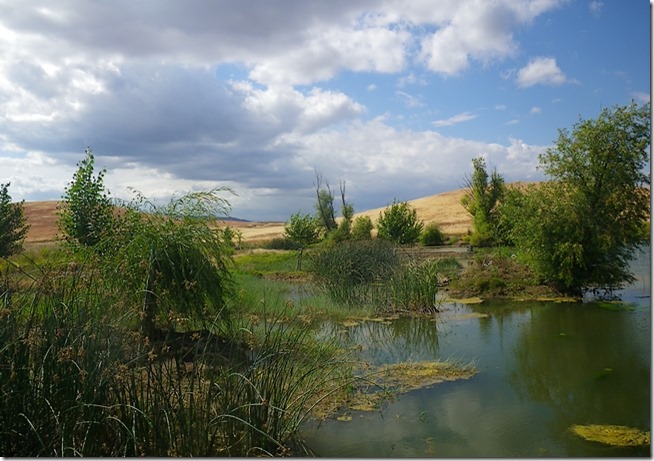
I’ve seen plenty of manicured trout water; everything from the rough hewn management of a “sugar daddy” conservation group like Cal Trout, to clubs meant for wealthy capitalists like Rising River Lodge and the Bolibokka Club. Each has its own personality and appeal, but grooming the lake to achieve a singular vision of bass fishing is quite unique in my experience. Every bush, sapling, and flower individually planted to yield a specific effect when mature –including rafts of dead timber and tules planted around the periphery and lake center.
The notion of mixing wildflowers with fishing makes for an interesting duality. On the one hand the bright colors and gay borders are akin to fishing in a garden, but they assist in stabilizing the earthen mounds from eroding into the lake.
Most certainly the fishing takes priority in your enjoyment of your surroundings, as it is superb, but being able to take your spouse along without having to entertain her may be worth even more.
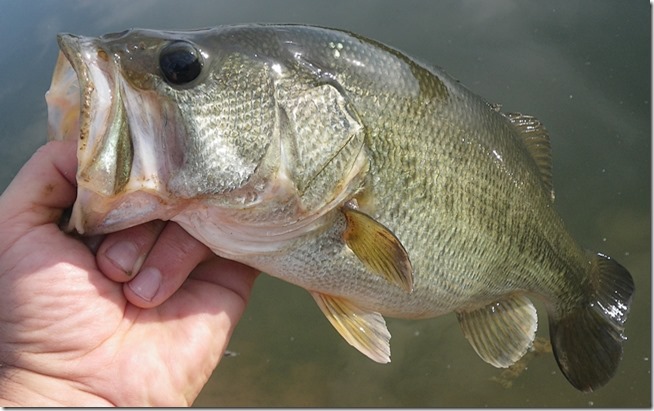
I keep thinking that with this as the destination for the first exposure to fishing – wives and girlfriends might seriously contemplate the pastime versus their traditional baptism … shivering as mosquito bait.
No sympathy from me …
With all this amazing good fortune, I found my mortality by midafternoon. My host showed up in his truck and watched me land a fish, and commented, “…you’re doing pretty well, every time I see you – you’ve got a fish on.”
I showed him the left thumb, scraped raw from “lipping” bass, and then unglued my feet from the suction of loose mud at waters edge, avoiding pressure on the blister on my knee from crouching on the side of berms avoiding being “sky lined” so as not to alert my quarry, and he chuckled. “You’ll get no sympathy from me …”
Can’t say as I blame him – nor was I looking for some, I just had the cathartic realization that fishless fishing has its share of aches and pains, yet even when moon’s align and the Cornucopia spills open, there’s blisters aplenty … and only the wound locations change.
That evening as I hobbled to the bathroom, I did some mental math. Landing a fish requires three squats; the first when kneeling on the berm when casting, the second when extricating your mending line from Poppies and bankside debris, and the last when you squat to lip the fish at water’s edge. Figure (with the Bluegill) you land 140 fish in a single day, and you’ve neatly explained the blisters on both knees and why you groan like Grandpa when you get off the couch.
So you like tormenting the fish then …
Back in the 1980’s I worked the night shift in one of those cold edifices that shadow Market Street. As I left one morning waving at my fellow workers, I noticed a quiet looking number with a shy smile in the company of one of my female coworkers.
The next day the lady I worked with asked if I’d consider a blind date with her pal, to which I readily agreed.
To make the story short, I found myself on an East Bay lake, with no fishing tackle, attempting to look interested in my companion, while fish cavorted about thumbing their collective nose at me. She was a nice gal without any interest in the out of doors, and I tried my best to appear engaging and personable.
As I was wont to do, I attempted to couch my confession into my best “Mac Daddy” moment. I mentioned I enjoyed fishing and the woods, and spent lots of time there. She responded in Big City fashion, how, “.. she would never eat anything caught out of the water as it was likely unsafe ..”, unfazed by her ignorance about where fish lived, I opted for the “catch and release” gambit …
“Yea, I let them all go, actually.” As I pick an imaginary speck of lint off my sleeve, expecting her to think me a swell fellow and consummate sportsmen. Rather than swoon in rapture as I was expecting, she replies, “.. Oh, so you like torturing them?”
(No lady, that’s what this date is all about, really.)
This same scene played in my conscious mind after this weekend’s debauch. Realizing that age and overindulgence are combining forces to ensure that should the fishing be either good or bad, I’m taking more abuse; lumps, scrapes, contusions, and actual blood loss – than the goddamn fish are.
No. I don’t enjoy tormenting fish … I have a yen to be tormented by them. Through my own actions of pursuit and capture I inflict much more pain on myself than I ever do wadding a sharp hook through gristle.
I just … need a nap … before I do it again tomorrow …
